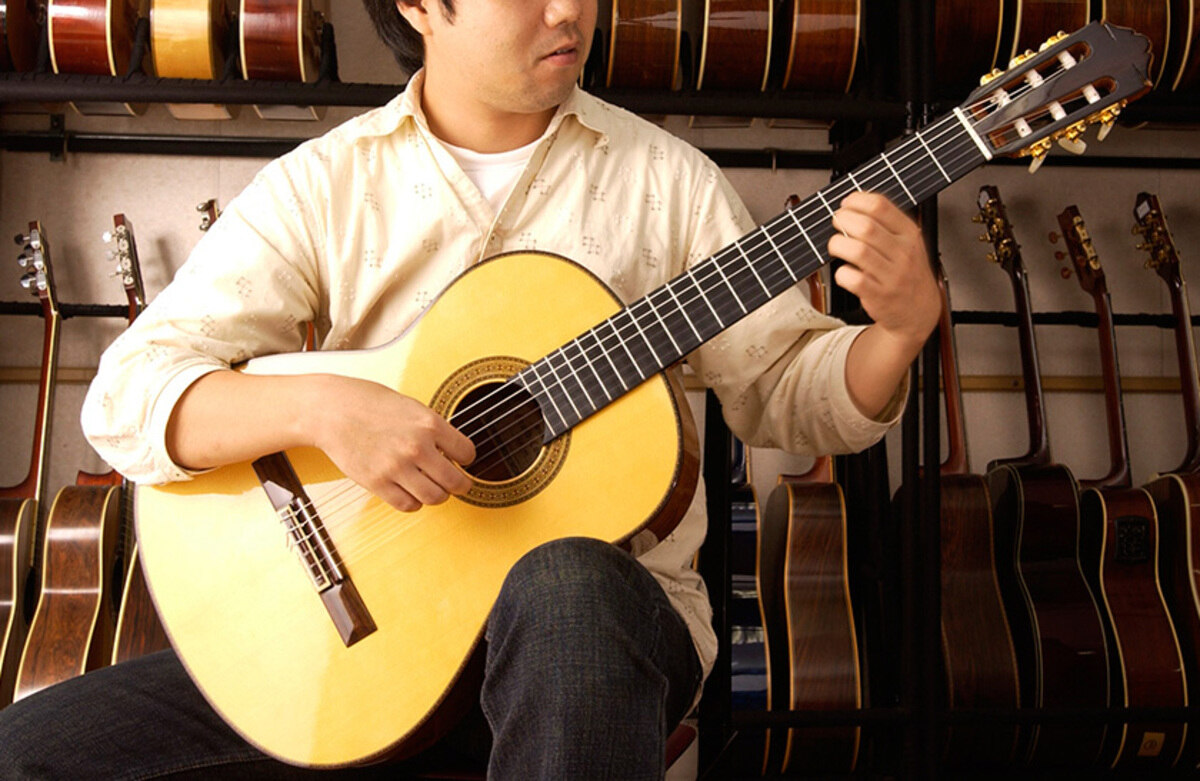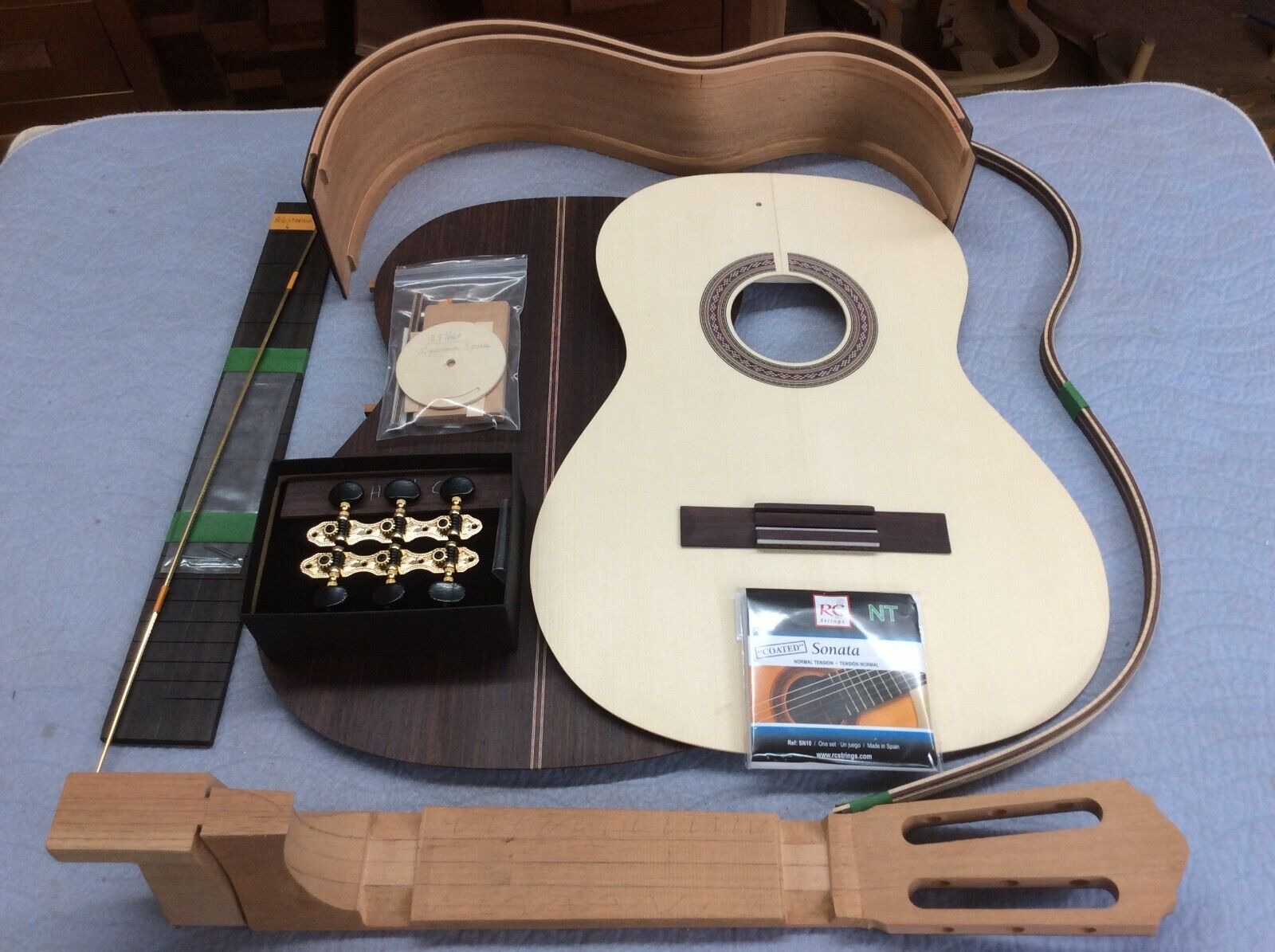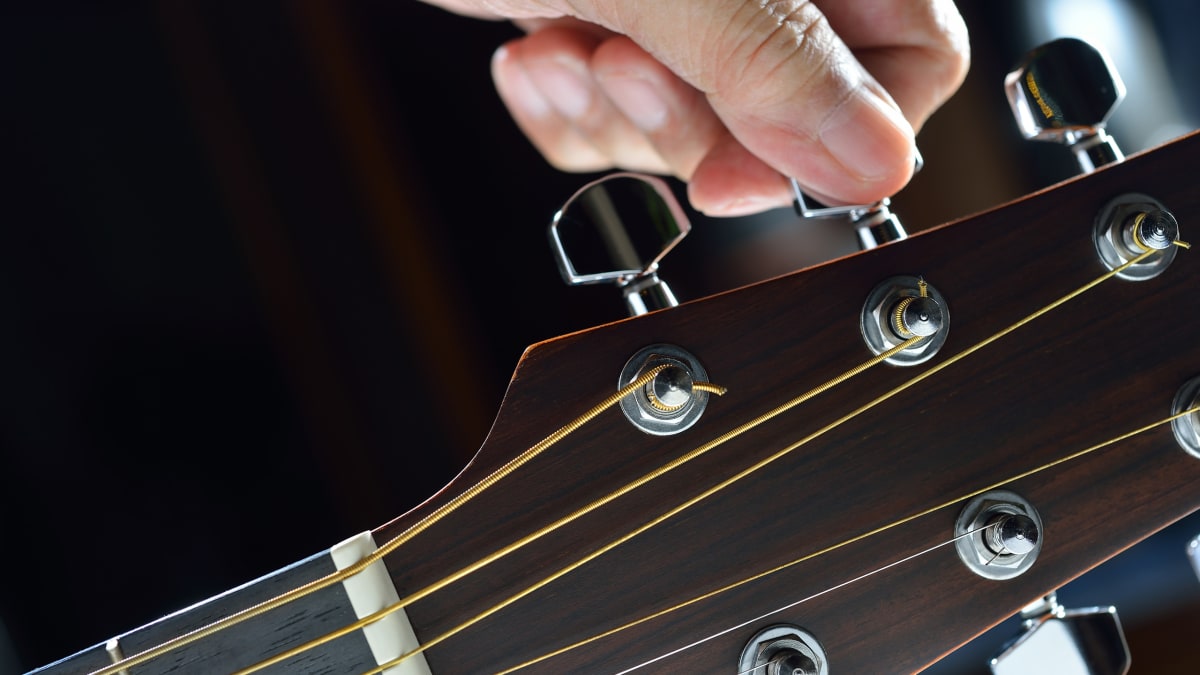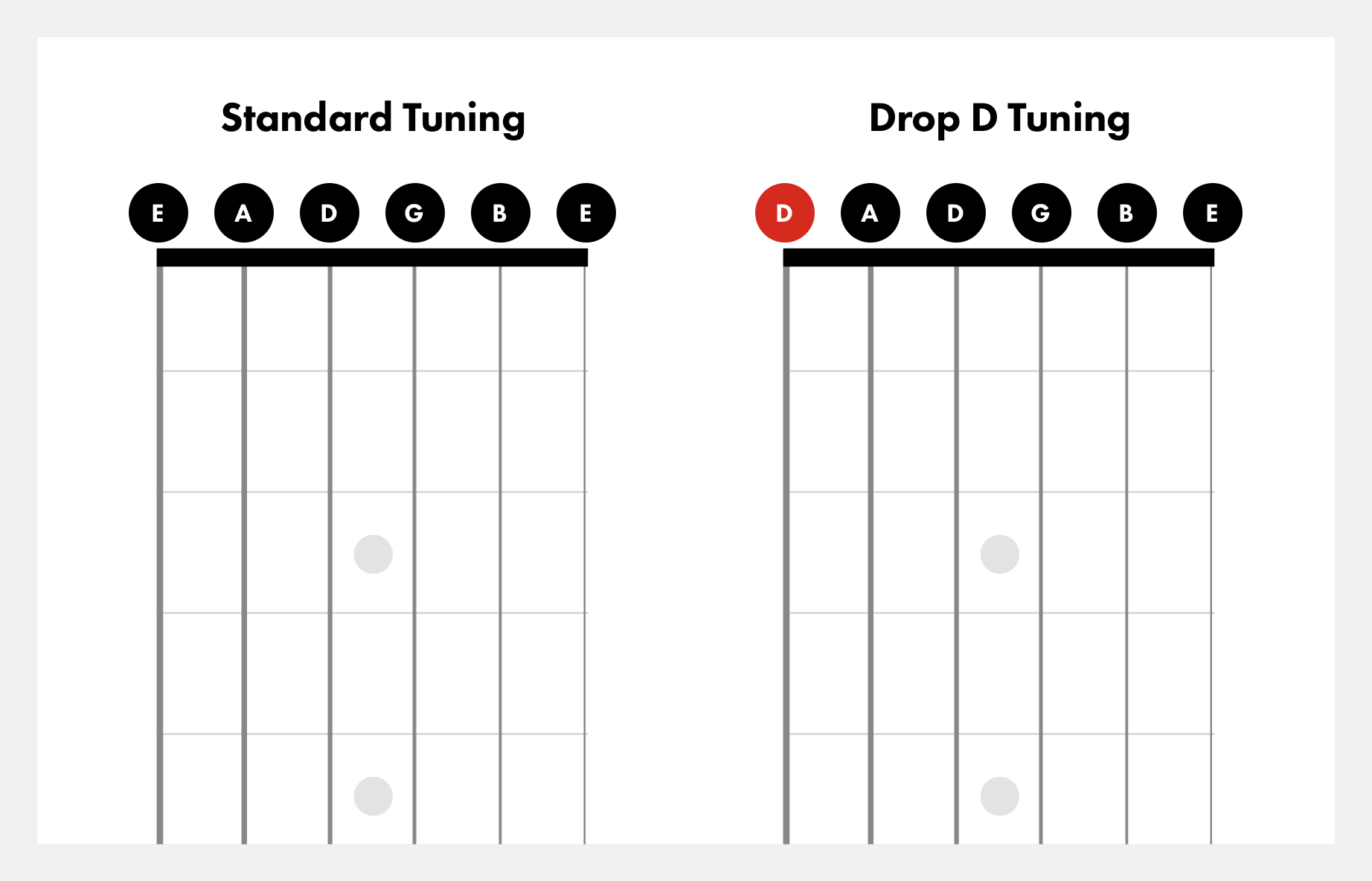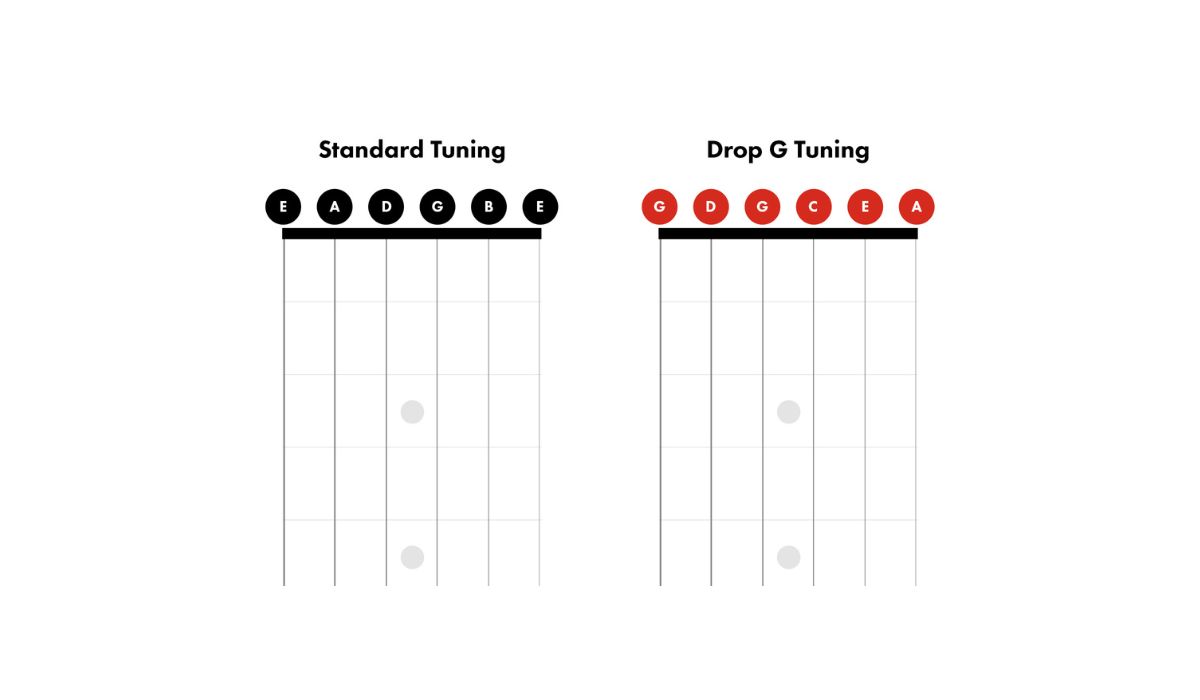Home>Instruments>Guitar>How To Tune A Classical Guitar


Guitar
How To Tune A Classical Guitar
Modified: February 15, 2024
Learn how to properly tune a classical guitar with our step-by-step guide. Keep your guitar sounding great and in perfect pitch.
(Many of the links in this article redirect to a specific reviewed product. Your purchase of these products through affiliate links helps to generate commission for AudioLover.com, at no extra cost. Learn more)
Table of Contents
Introduction
Tuning a classical guitar is an essential skill for any guitarist, whether you're a beginner or a seasoned player. A well-tuned guitar not only ensures that your music sounds harmonious but also contributes to the overall playing experience. Understanding the nuances of tuning a classical guitar can significantly impact the quality of your performance and the longevity of your instrument.
In this comprehensive guide, we will delve into the art of tuning a classical guitar, exploring various methods, tips, and techniques to help you achieve and maintain optimal tuning. Whether you prefer the traditional approach of tuning by ear or utilizing modern digital tuners, this guide will equip you with the knowledge and confidence to keep your classical guitar in perfect harmony.
Tuning a classical guitar may seem daunting at first, especially for those new to the instrument, but with a bit of practice and the right guidance, it can become a rewarding and enjoyable aspect of your musical journey. So, let's embark on this melodic adventure and unravel the secrets of tuning a classical guitar with precision and finesse.
Understanding the Parts of a Classical Guitar
Before delving into the intricacies of tuning a classical guitar, it’s essential to familiarize yourself with the instrument’s anatomy. Understanding the various components will not only aid in the tuning process but also deepen your overall comprehension and appreciation of the classical guitar.
Headstock: Located at the top of the guitar, the headstock houses the tuning pegs, which are used to adjust the tension of the strings, thereby altering their pitch.
Neck: Extending from the body to the headstock, the neck provides the fretboard, where the player presses down on the strings to produce different notes and chords.
Fretboard: Positioned on the front surface of the neck, the fretboard consists of metal frets embedded along its length, allowing the player to produce varying pitches by pressing the strings against them.
Body: The body of a classical guitar is typically crafted from wood and comprises a sound hole, which amplifies the vibrations of the strings, producing the instrument’s distinctive tone.
Bridge: Situated on the body, directly below the sound hole, the bridge supports the strings and facilitates the transmission of their vibrations to the guitar’s soundboard.
Soundboard: Also known as the top, the soundboard is the guitar’s primary resonating surface, responsible for projecting the sound produced by the vibrating strings.
By familiarizing yourself with these fundamental components, you’ll develop a deeper understanding of how the classical guitar produces sound and how each part contributes to the instrument’s overall performance. This knowledge will prove invaluable as you embark on the journey of tuning your classical guitar, empowering you to make informed adjustments and appreciate the instrument’s craftsmanship on a more profound level.
Choosing the Right Strings
When it comes to tuning a classical guitar, selecting the appropriate strings is a crucial consideration that can significantly impact the instrument’s playability and tonal quality. Classical guitar strings are available in various materials and tensions, each offering distinct characteristics that cater to different playing styles and preferences.
Materials: Classical guitar strings are commonly crafted from nylon, which produces a warm and mellow tone, ideal for classical, flamenco, and fingerstyle playing. Within the category of nylon strings, there are further distinctions, such as traditional nylon, rectified nylon, and carbon/Nylon composite, each offering unique tonal properties and tactile feel.
Tension: Classical guitar strings are available in different tension levels, including high tension, normal tension, and low tension. The tension of the strings can influence the guitar’s responsiveness, projection, and playability. High-tension strings offer a firmer feel and enhanced projection, while low-tension strings provide a more relaxed playing experience, making them well-suited for beginners and players seeking increased comfort.
When selecting strings for your classical guitar, consider factors such as your playing style, desired tone, and the specific requirements of your instrument. Experimenting with different string materials and tensions can offer valuable insights into how they affect the guitar’s sound and feel, ultimately guiding you toward the optimal choice for your musical expression.
By understanding the impact of string materials and tensions, you can make informed decisions when it comes to selecting strings for your classical guitar. This attention to detail not only contributes to the instrument’s tonal nuances but also plays a pivotal role in the tuning process, ensuring that your guitar resonates with clarity and richness, reflecting your musical identity.
Tuning the Guitar by Ear
Tuning a classical guitar by ear is a time-honored tradition that not only hones your musical ear but also fosters a deeper connection with your instrument. While it may initially seem challenging, especially for beginners, developing the ability to tune by ear can be immensely rewarding and is a valuable skill for any guitarist.
Reference Pitch: Before tuning by ear, it’s essential to establish a reference pitch. This can be achieved by using a piano, pitch pipe, tuning fork, or another tuned instrument. The standard tuning for a classical guitar is EADGBE, with the first string (E) being the highest in pitch and the sixth string (E) being the lowest.
Relative Tuning: One approach to tuning by ear involves using the intervals between the strings to achieve harmonious tuning. For example, you can start by tuning the sixth string (E) to the reference pitch, then use the fifth fret of the sixth string to tune the fifth string (A), and so on, utilizing the fifth fret of each lower string as a reference for the next string.
Harmonic Tuning: Another method involves using harmonics to tune the guitar. By lightly touching the strings at the 5th, 7th, or 12th frets and plucking the string, you can produce a harmonic that can be used to tune the adjacent string. This technique requires attentive listening and a discerning ear for subtle pitch differences.
Tuning a classical guitar by ear not only sharpens your musical perception but also fosters a deeper connection with your instrument, allowing you to develop a more intuitive understanding of its nuances and idiosyncrasies. While it may take time and practice to master this method, the ability to tune by ear empowers you to fine-tune your instrument in any setting, enhancing your musical independence and self-reliance.
Embracing the art of tuning by ear can be a transformative journey, enriching your musical experience and instilling a profound sense of intimacy with your classical guitar. As you continue to refine this skill, you’ll find that your ability to perceive and manipulate pitch becomes more acute, elevating your overall musicianship and deepening your connection to the timeless tradition of classical guitar playing.
Using a Digital Tuner
In today’s digital age, utilizing a digital tuner has become a prevalent and convenient method for tuning classical guitars with precision and accuracy. Digital tuners offer a user-friendly approach, making the tuning process accessible to beginners while providing valuable assistance to seasoned players seeking optimal intonation.
Functionality: Digital tuners detect the pitch of each string and display the corresponding note, indicating whether the string is tuned too low, too high, or precisely on pitch. This visual feedback simplifies the tuning process, allowing you to make precise adjustments with confidence.
Usage: To use a digital tuner, simply clip or position the device near the headstock of the guitar, where it can detect the vibrations of the strings. Pluck each string individually and observe the tuner’s display, adjusting the tuning pegs until the indicated pitch aligns with the desired note.
Precision: Digital tuners provide precise feedback, ensuring that each string is tuned to the correct pitch, thereby enhancing the overall tonal quality and playability of the instrument. This level of accuracy is particularly beneficial for intricate musical passages and ensemble playing, where precise tuning is paramount.
Embracing the convenience and accuracy of digital tuners can streamline the tuning process, allowing you to achieve optimal intonation with ease. Whether you’re a beginner seeking guidance or an experienced player aiming for meticulous tuning, digital tuners serve as invaluable tools that enhance the overall musical experience and elevate the sonic potential of your classical guitar.
By integrating digital tuners into your tuning routine, you can cultivate a heightened awareness of pitch and intonation, refining your musical sensibilities and fostering a deeper appreciation for the art of classical guitar playing. As you harness the benefits of digital technology in tuning your instrument, you’ll embark on a harmonious journey that seamlessly blends tradition with innovation, enriching your musical pursuits with precision and clarity.
Tips for Maintaining Tuning
Once you’ve successfully tuned your classical guitar, maintaining its optimal tuning is essential for consistent playability and tonal integrity. Various factors, such as environmental changes, playing habits, and the natural settling of new strings, can influence the stability of your guitar’s tuning. To preserve harmonious resonance and minimize the need for frequent adjustments, consider the following tips for maintaining tuning:
- Stable Environmental Conditions: Fluctuations in temperature and humidity can affect the tension of the strings and the overall stability of the instrument. Store your classical guitar in a controlled environment, avoiding exposure to extreme conditions that can lead to warping, tuning instability, or damage to the instrument.
- Regular String Stretching: New strings, especially those made of nylon, require time to settle and stabilize. After restringing your classical guitar, gently stretch each string by pulling and retuning it several times to expedite the stretching process, minimizing the likelihood of subsequent tuning drift.
- Proper String Winding: When changing strings, ensure that they are wound neatly and securely around the tuning pegs, minimizing slippage and maintaining consistent tension. Adequate winding prevents premature tuning instability and promotes prolonged tuning accuracy.
- Consistent Tuning Routine: Develop a regular tuning routine, checking the instrument’s tuning before each practice session or performance. This habit not only ensures immediate playability but also allows you to detect subtle deviations early, preemptively addressing tuning issues before they escalate.
- String Maintenance: Keep your guitar strings clean and free from debris, sweat, and oils, as these can expedite string corrosion and affect their elasticity and tuning stability. Wipe the strings with a soft cloth after playing to preserve their longevity and tonal clarity.
By implementing these maintenance practices, you can prolong the stability of your classical guitar’s tuning, fostering a consistent and reliable playing experience. As you cultivate attentive care and maintenance habits, you’ll fortify the resonance and responsiveness of your instrument, ensuring that it remains true to its intended tuning, empowering you to explore the boundless musical possibilities of the classical guitar with confidence and precision.
Conclusion
Congratulations on embarking on the enlightening journey of tuning a classical guitar. Throughout this guide, we have explored the fundamental aspects of tuning, from understanding the intricate components of the instrument to selecting the right strings and employing various tuning methods.
Whether you choose to tune your classical guitar by ear, utilizing the time-honored tradition of harmonizing intervals and resonant harmonics, or opt for the precision and convenience of digital tuners, the art of tuning is a gateway to a deeper connection with your instrument and a heightened sensitivity to pitch and tonality.
As you navigate the nuances of maintaining optimal tuning, remember that attentive care and environmental mindfulness play pivotal roles in preserving the stability and resonance of your classical guitar. By incorporating these maintenance practices into your routine, you can safeguard the integrity of your instrument’s tuning, fostering a consistent and reliable playing experience.
Ultimately, the art of tuning a classical guitar transcends the technical process, evolving into a harmonious synergy between musician and instrument. It is a testament to the dedication and reverence that musicians hold for their craft, encapsulating the timeless traditions and boundless creativity inherent in classical guitar playing.
So, as you continue your musical odyssey, may the resonance of your finely-tuned classical guitar echo with the passion and artistry that define your musical expression. Embrace the journey of tuning as a profound exploration of harmony and precision, and let the melodic cadence of your instrument carry you toward new horizons of musical discovery and fulfillment.


